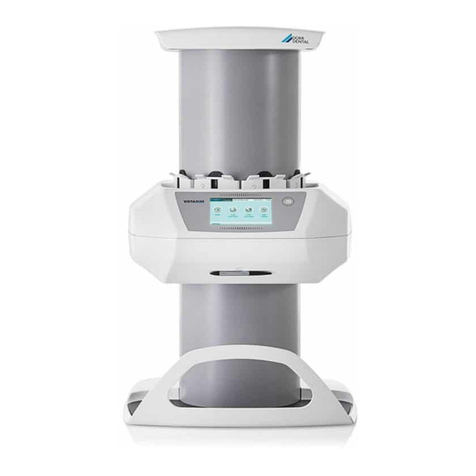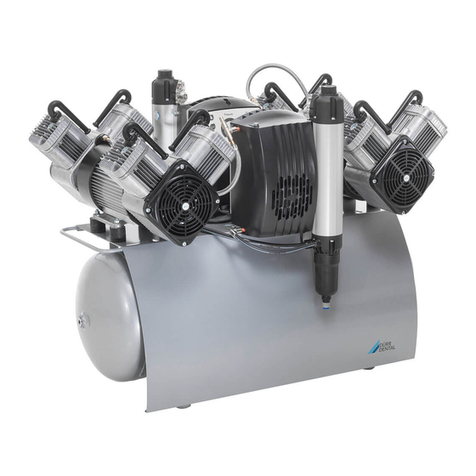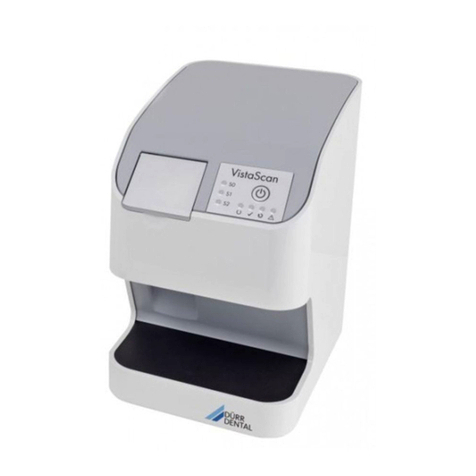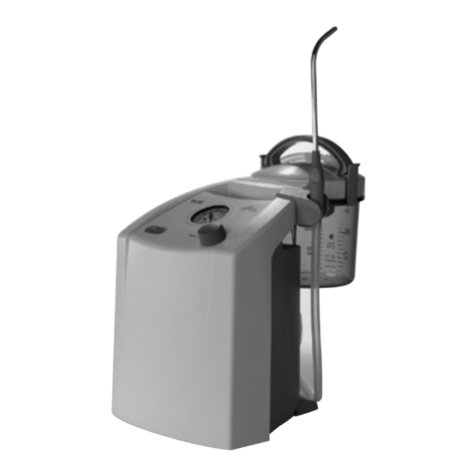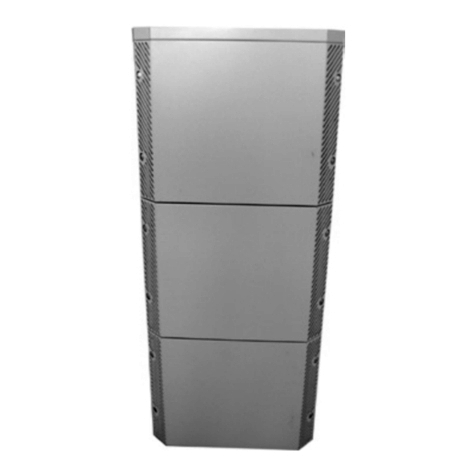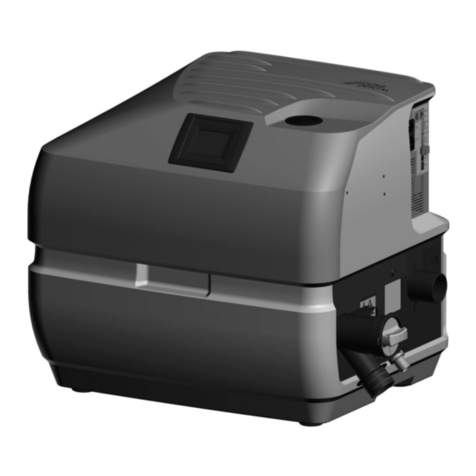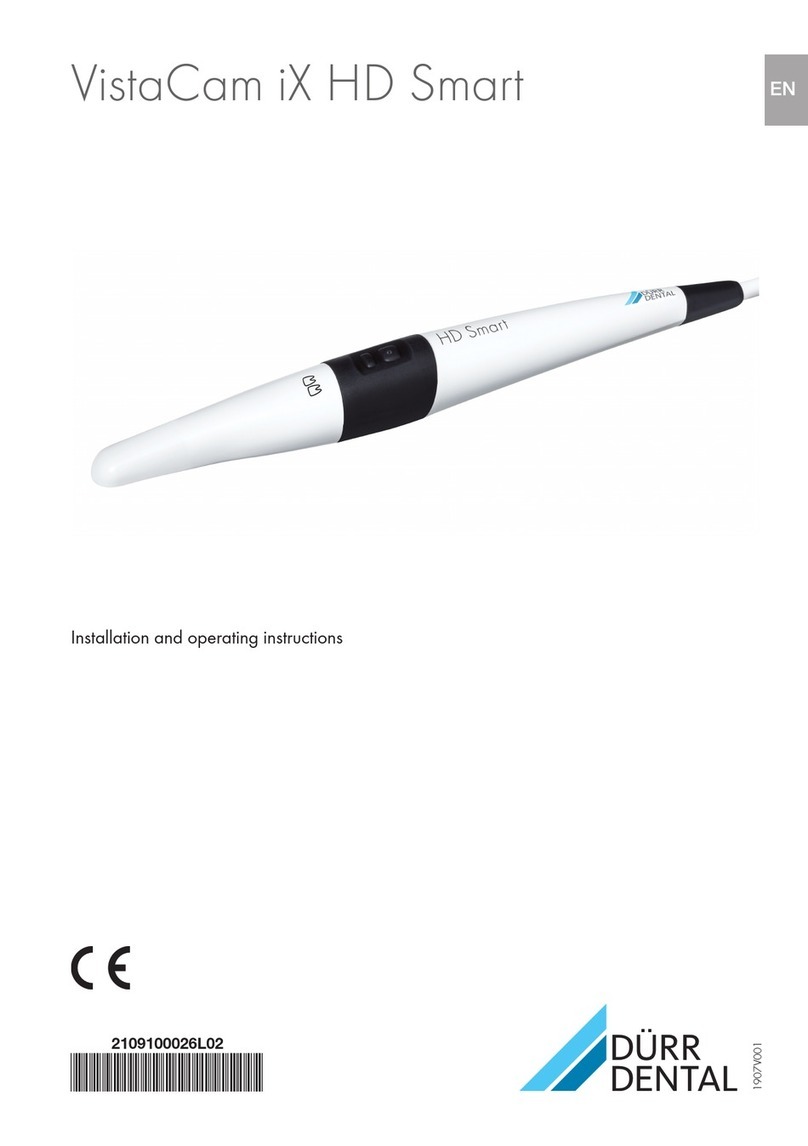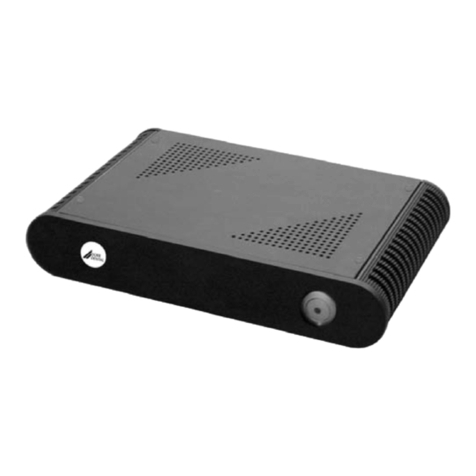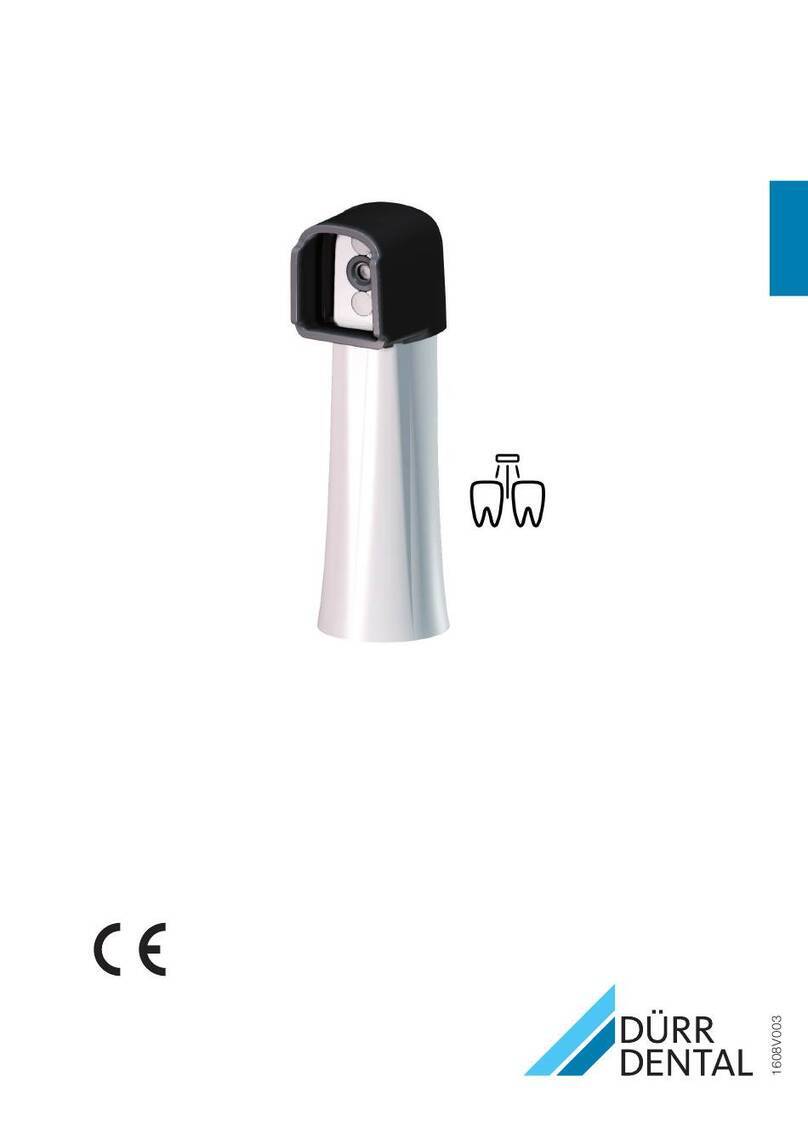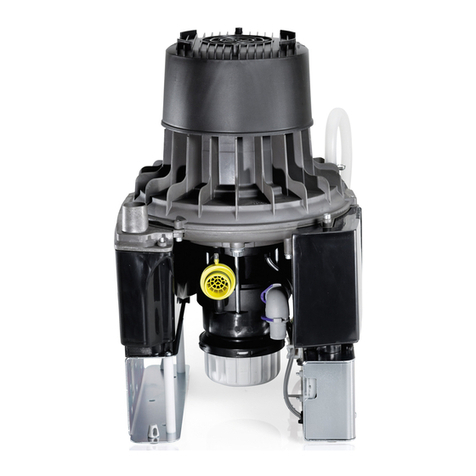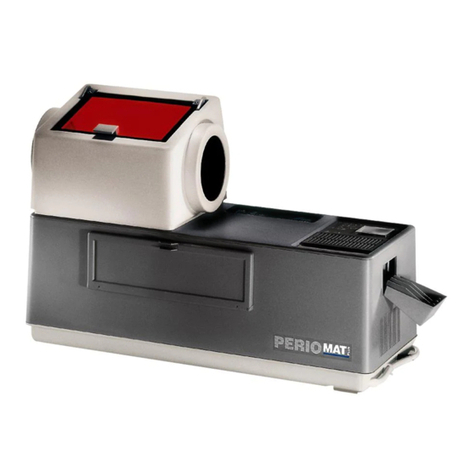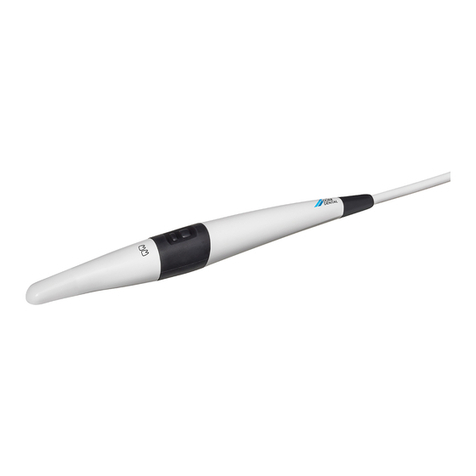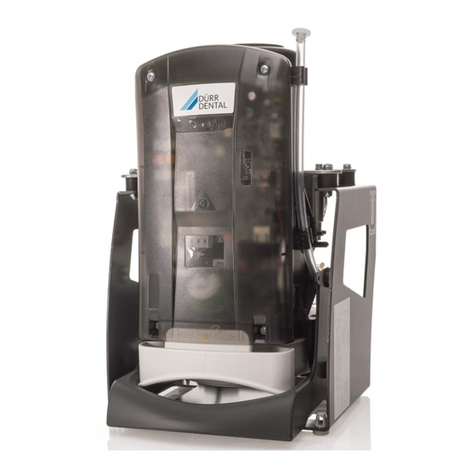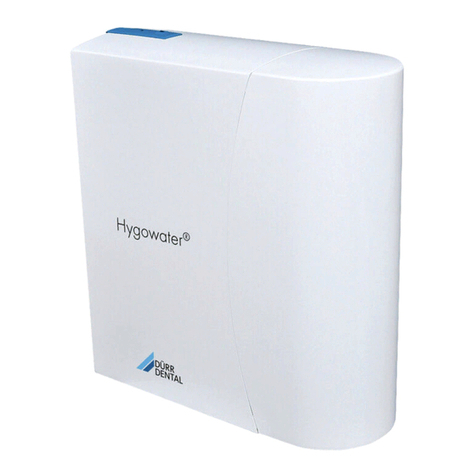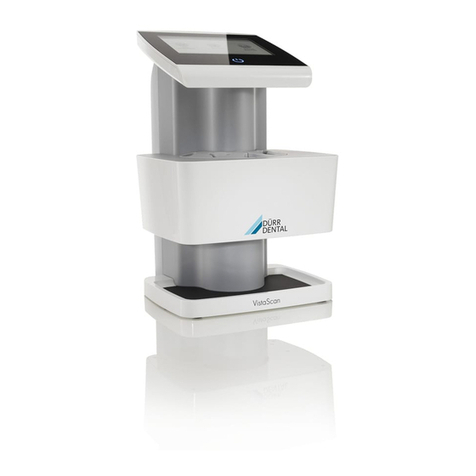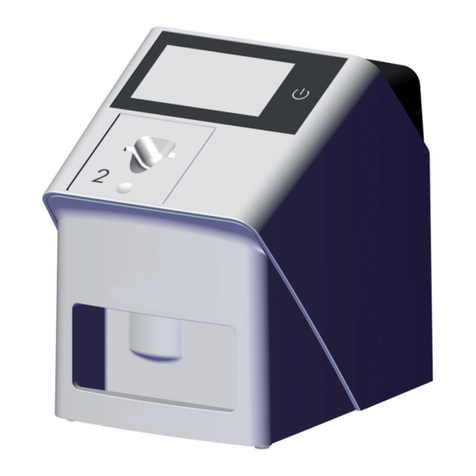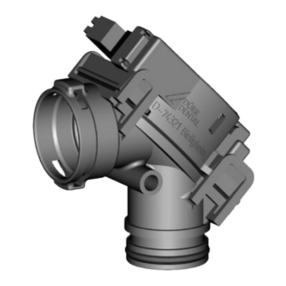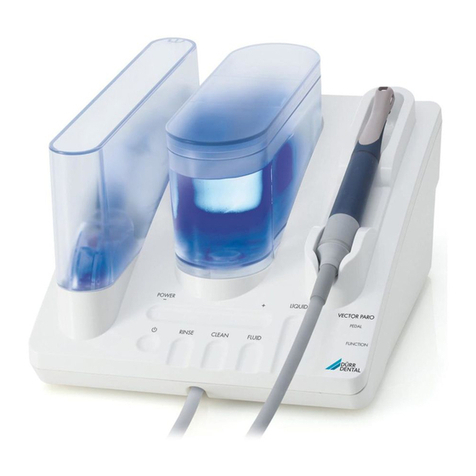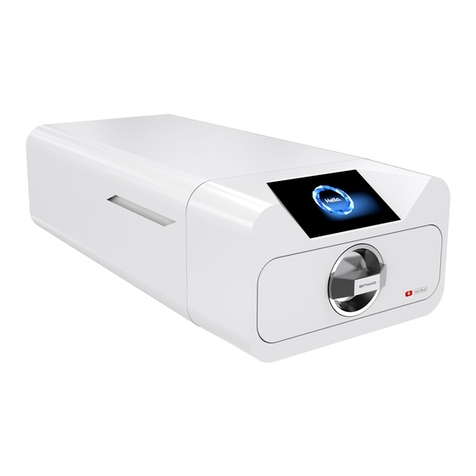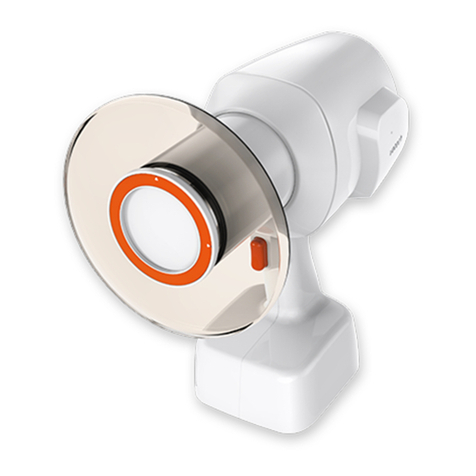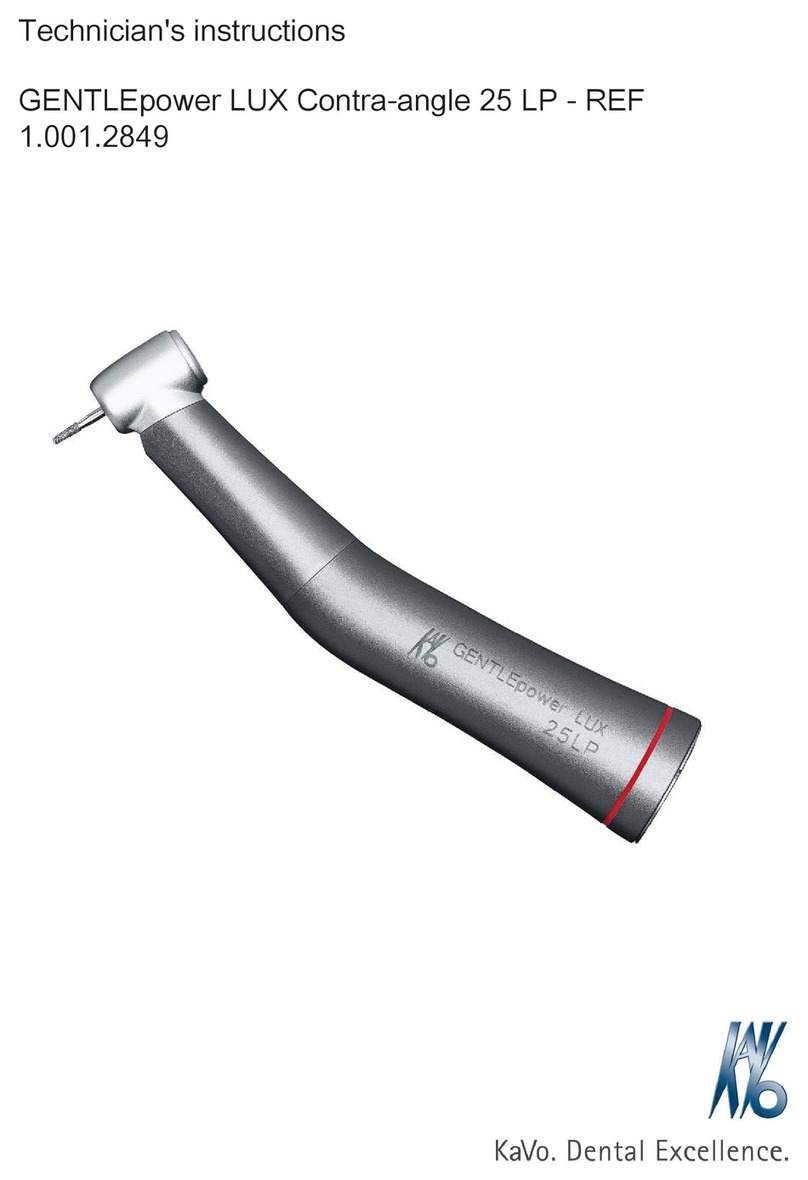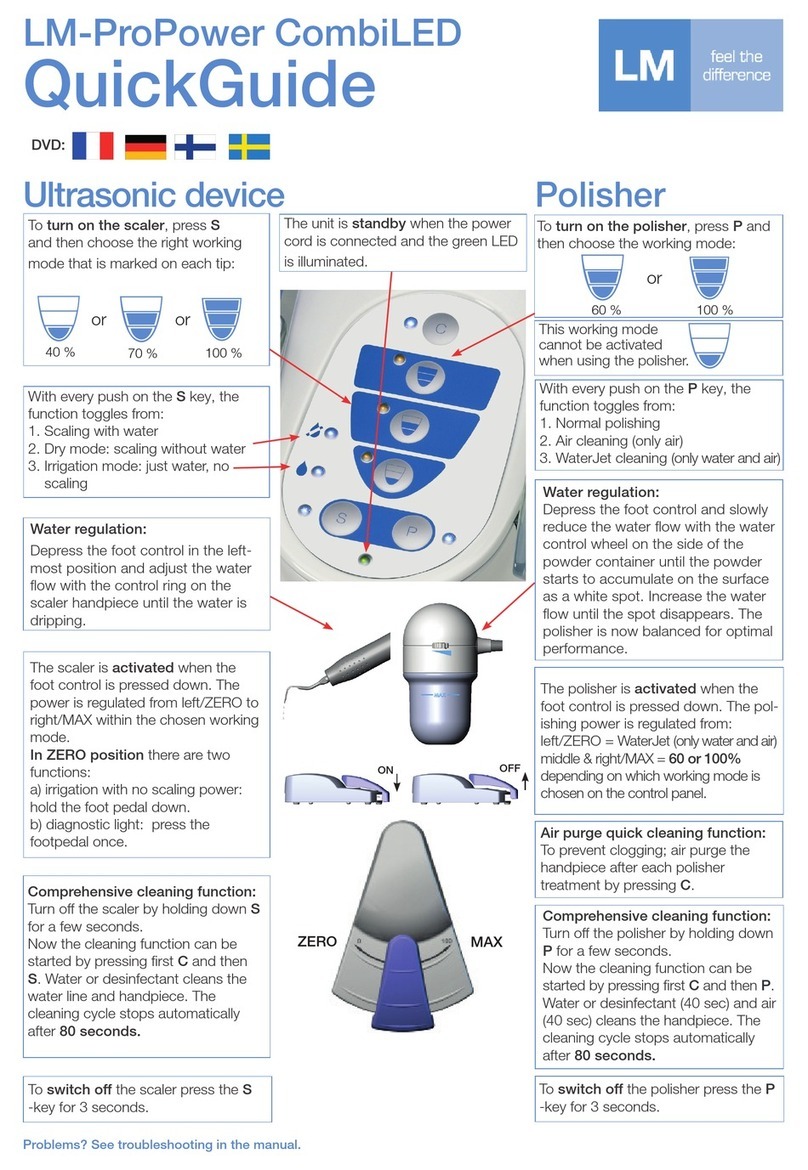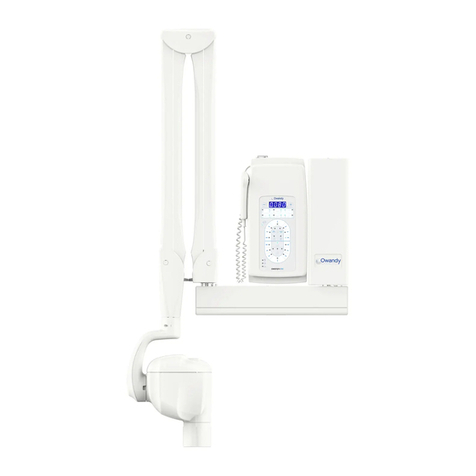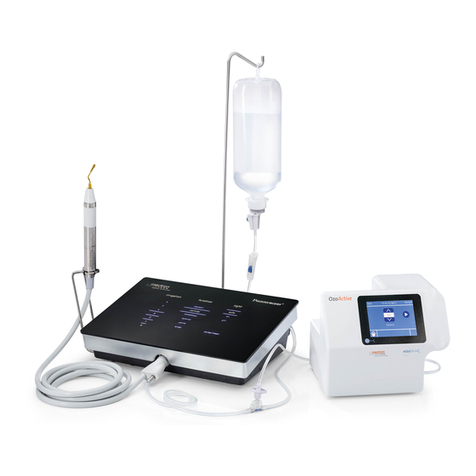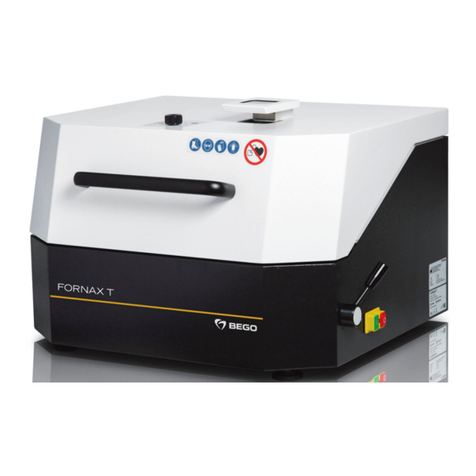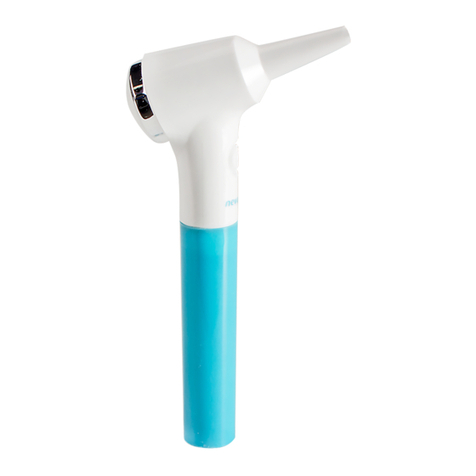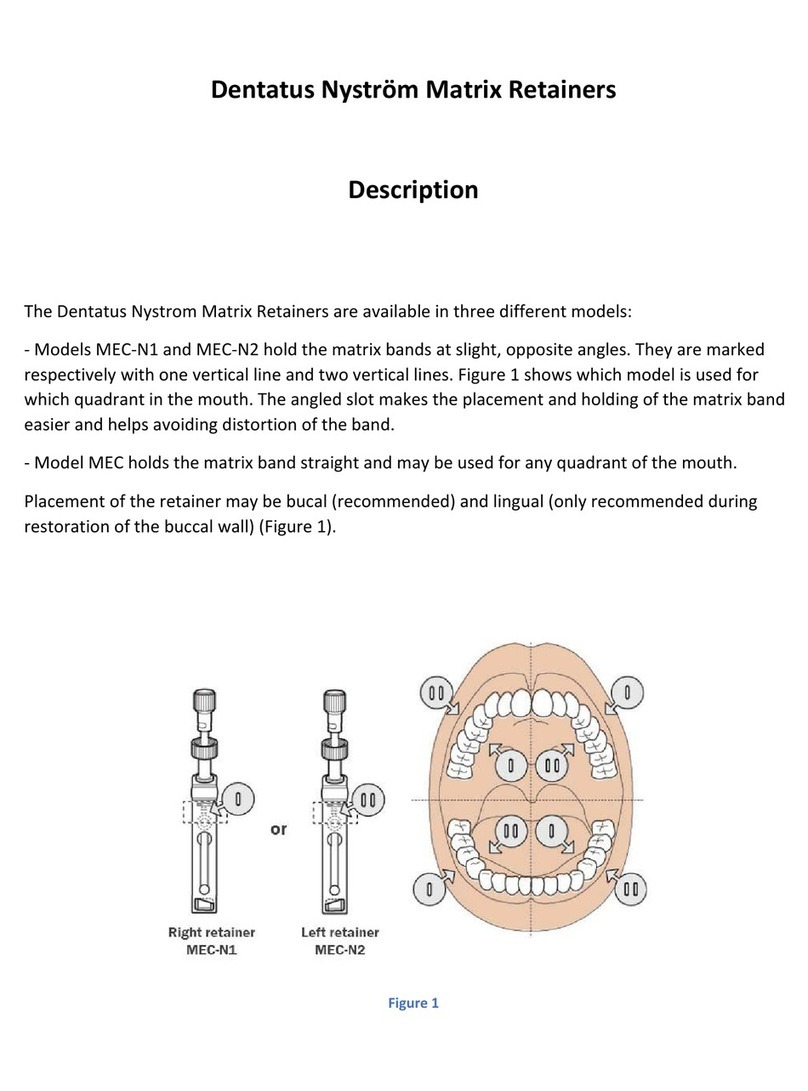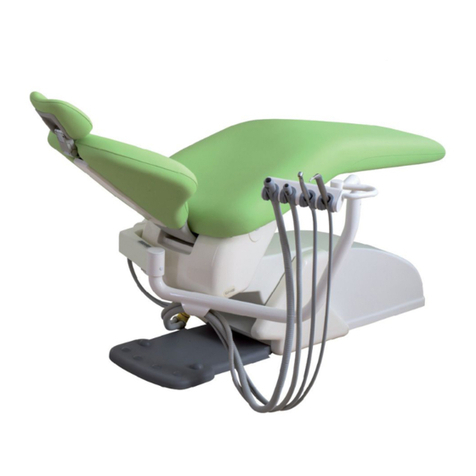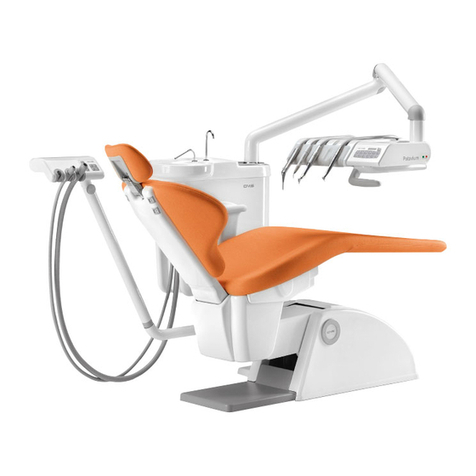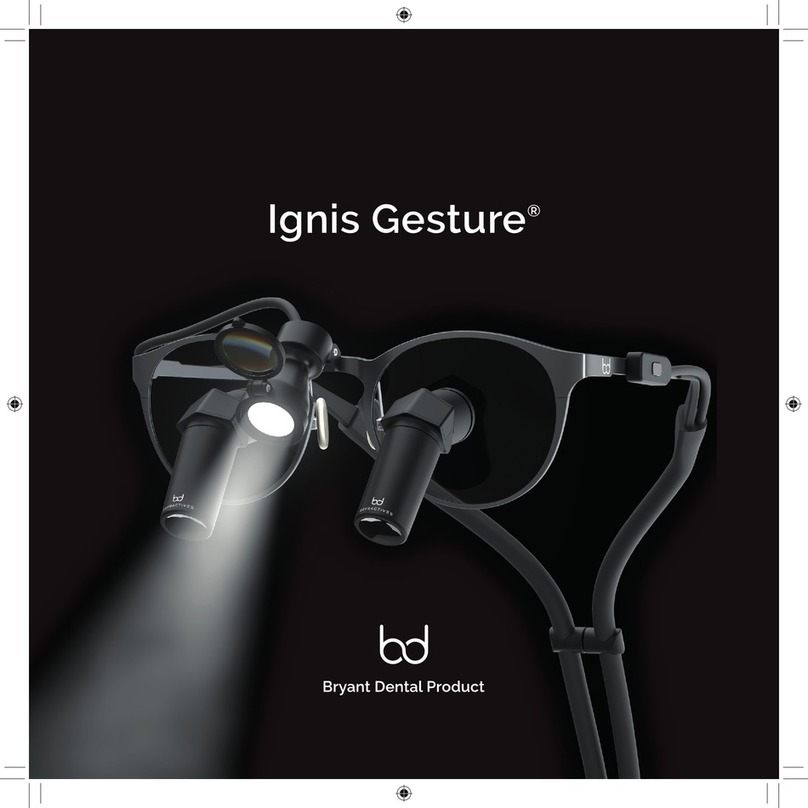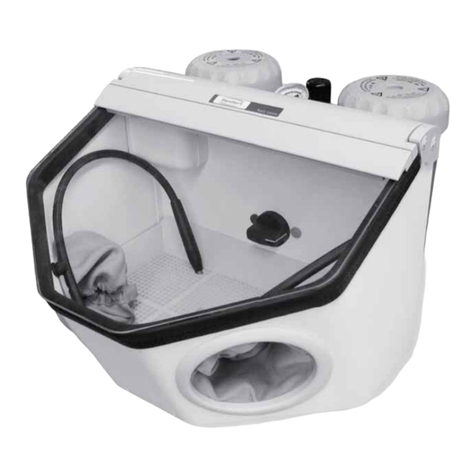
2 Safety
The unit has been developed and designed in
such a way that dangers are effectively ruled out
if used in accordance with the intended use.
Nevertheless, residual risks can remain.
You should therefore observe the following notes.
2.1 General notes
Observe the following notes to ensure safe and
effective operation:
❯Water generated by the Hygowater system is
not suitable for drinking. It is for use as treat-
ment water only.
❯Comply with the country-specific regulations
and standards for the installation of water treat-
ment systems and for connection to the treat-
ment unit.
❯Do not use the Hygowater system for more
than two dental treatment units unless the cor-
responding accessories have been installed.
The internal filters of the system could get
blocked, causing the system to stop running.
❯The water system described in the following
should be kept short and straight. Piping with
blind ends and long pipes make the Hygowater
system less effective. The water can be conta-
minated again by a flow system with an unfav-
ourable design.
❯Make sure the filters (pre-filters/ultrafilters) are
serviced or replaced as required. The internal
filters need to be clean if the Hygowater sys-
tem is to work effectively. Hard water reduces
the efficiency of the disinfection process or
brings it to a standstill. The filters may become
blocked and cause damage to the electrolysis
chamber.
❯The recommended water pressure may not be
exceeded. The potential consequences of the
pressure exceeding 6 bars as stipulated are
burst pipes and flooding.
❯Verify that the effect is as it should be at regular
intervals. The active chlorine content in the
water from the transmission instruments or cup
filler must be measured on a weekly basis to
ensure trouble-free operation. The active chlor-
ine content can fluctuate.
❯Do not use the Hygowater system with liquids
other than water or without filters. The unit is
designed to be used to disinfect treatment
water from the dental treatment unit. Using the
unit with liquids other than water and/or with-
out the correct filters will damage the unit and
make it less effective.
❯The unit must always be kept perfectly upright.
Do not try to operate the unit when it is on its
side or tilted, as otherwise water will leak that
could potentially cause damage to the unit or
its surroundings.
❯The use of oxidative substances, such as
active chlorine, represents a potential source of
corrosion. The Hygowater system works with a
low active chlorine content. Make sure that
your dental treatment unit is suitable for use
with treatment water in drinking water quality in
line with the WHO Guidelines for Drinking-
Water Quality and the limits set out by the EU.
❯Use water from the Hygowater with caution.
Always read the label and product information
before use.
2.2 Intended use
The device produces active chlorine* for disinfec-
tion of procedural water for and in Dental Unit
Waterlines (DUWLs). Spectrum of efficacy:
Reduces water bacteria – including Legionella.
*Active chlorine is generated from (sodium)
chloride by electrolysis, and is the designation
used by EU in regard to the Biocidal Products
Regulation.”
2.3 Improper use
Any use of this appliance / these appliances
above and beyond that described in the Installa-
tion and Operating Instructions is deemed to be
incorrect usage. The manufacturer cannot be
held liable for any damage resulting from incor-
rect usage. The operator will be held liable and
bears all risks.
❯Do not use the Hygowater system on dental
treatment units when other disinfection sys-
tems are switched on. This may stop the
Hygowater from working as effectively or at all.
Important information
8500200016L02 2011V003 3
EN
